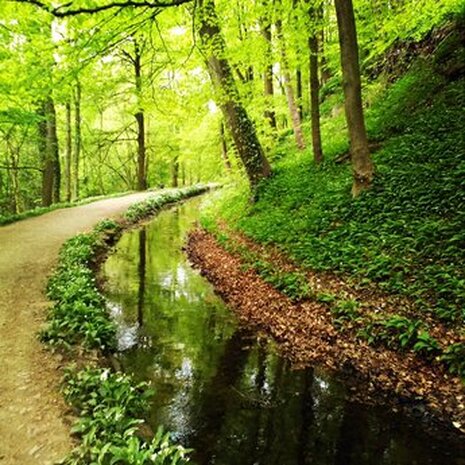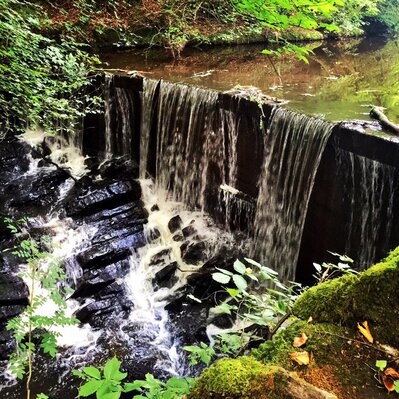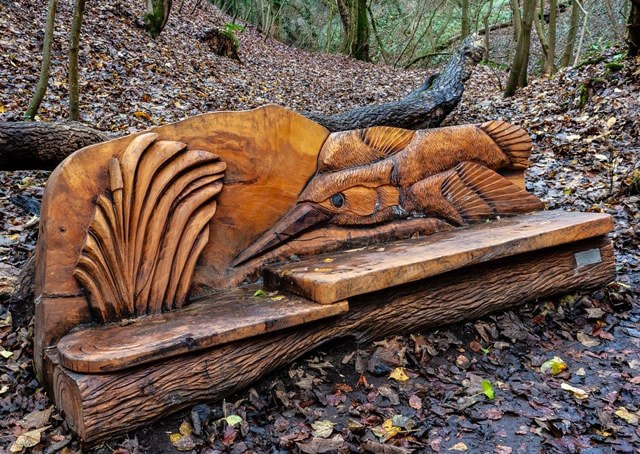Things to do in and around Skipton
|
Skipton bills itself as the 'Gateway to the Dales' as if you might simply want to base yourself there to visit the Yorkshire Dales yet it's got plenty to attract visitors in its own right. The name has nothing to do with skipping: it means 'Sheep Town', relating to its heritage, trading sheep and woollen goods. Skipton still celebrates its heritage with Skipton Sheep Day, an annual event in July. Sheep racing, shearing, showing and all things sheep related take place and attract visitors from afar.
Skipton's high street has managed to retain much of its character, and still holds a market on Mondays, Wednesdays, Friday and Saturday. The bustling market is said to date back to medieval times. Among the interesting cobbled streets and pedestrianised areas are pubs, cafes and an excellent range of independent shops. Craven Museum & Gallery is the home of the Skipton Shakespeare First Folio, one of only four First Folios on permanent display in the world. It also tells the story of many other aspects of life in the Dales and the former lead mining industry. You can enjoy a different view of the market town by taking a canal boat along the Leeds Liverpool canal, or follow the tow path to see more of Skipton's industrial heritage. The Canal Basin is the setting for the annual Waterway Festival and farmers markets. |
Skipton CastleSkipton is one of the most northern points along the Leeds-Liverpool Canal and is dominated by its magnificent medieval castle. Skipton Castle was built 900 years ago, so strong, so magnificent that it's still standing today. It's described as one of the most complete, best preserved medieval castles in England.
Much has been written about the role Lady Anne Clifford played in the Castle's history. She was responsible for repairing the castle after the Civil War and then planted the yew tree in the courtyard which you can still see. The castle grounds are very well-kept, and there's real beauty in the mix of stones and styles, the higgledy-piggledy doors and windows, and the marks on the wall that show how the buildings have changed over time. Even the gift shop is well-done, a really good combination of the predictable and traditional gifts you'll find in many similar shops, together with some interesting and more original castle-related merchandise and historical information. The current owners, the Fattorini family bought the Castle in the 1950s, reputedly saving it from becoming a theme park. It's clearly been a labour of love to preserve and maintain it. |
Skipton Castle WoodsEngland has many wonderful woodlands, but few of them are as easily accessed as Skipton Castle Woods, sandwiched between the medieval castle and the bustling High Street. Nowadays we build houses and add a garden. When Skipton Castle was built it was the other way round - they almost certainly built the castle in that spot because the woods were there, providing fuel, building materials, a place to hunt for food and water supplies.
Over the years the Woods have changed in purpose, from providing timber and limestone during the industrial revolution, to becoming a pleasure ground. Skipton's first industrial mill, High Mill, was built at the entrance to the woods, using water power to spin cotton.You can still follow a walk along the watercourses that powered the mills. An offshoot of the famous Leeds to Liverpool Canal was built, called Springs Canal, which transported timber and stone. Water from Eller Beck was used to power a sawmill and corn mill. You can now enjoy access to the Woods, which supports many wildlife including badgers and deer, at least 28 species of bird, as well as butterflies, and five species of bat, thanks to an arrangement between the owners of Skipton Castle and the Woodland Trust who lease and maintain the woods. |










